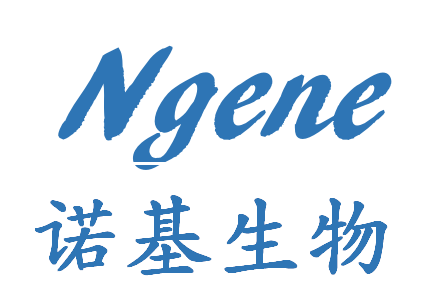HcCnAα 通过与 HcIKK 相互作用并促进 IκB 磷酸化来调节 Hyriopsis cumingii 中的 NF-κB 信号传导
International Journal of Biological Macromolecules ( IF 7.7 ) Pub Date : 2024-12-13 , DOI: 10.1016/j.ijbiomac.2024.138787
Yanhong Li 1 , Qinglin Yang 1 , Guihong He 1 , Kai Long 1 , Xiaoqi Tang 1 , Yu Su 1 , Zhengli Wu 1
钙调磷酸酶 (CN) 是一种受 Ca2+ 和钙调蛋白调节的丝氨酸/苏氨酸蛋白磷酸酶,在双壳类的免疫反应中起着至关重要的作用。在这项研究中,我们通过 RNA 干扰 (RNAi) 、定量 PCR (qPCR) 和蛋白质印迹 (WB) 分析,检测了 Hyriopsis cumingii 中 CN 亚基 (HcCnAα) 基因沉默对 NF-κB 信号通路相关基因表达以及 NF-κB 抑制剂 (IκB) 磷酸化的影响。使用快速扩增 cDNA 末端克隆 H. cumingii 的 IκB 激酶 (HcIKK) 和 B 细胞 CLL/淋巴瘤 10 (HcBcl10) 基因,并通过酵母双杂交测定研究蛋白质与 HcCnAα 的相互作用。结果表明,RNAi 介导的 HcCnAα 敲低显著降低了 NF-κB 信号通路中 IKK、p65 和下游免疫相关基因 — Lys、The、Def、α2-M、TNF-α 和 IL-17 的表达 — 均显示显着降低 (P < 0.05)。此外,IκB 的磷酸化受到抑制。这些发现表明 HcCnAα 在 NF-κB 信号通路中发挥调节作用,影响下游免疫反应相关基因和防御蛋白的表达。此外,酵母双杂交试验结果表明 HcIKK 和 HcCnAα 之间存在直接的蛋白质-蛋白质相互作用,而 HcBcl10 和 HcCnAα 之间未观察到相互作用。本研究阐明了 HcCnAα 调节 H. cumingii 免疫反应的特定分子机制,为进一步探索免疫调节机制和制定双壳类疾病预防策略提供了基础。
HcCnAα regulates NF-κB signaling in Hyriopsis cumingii by interacting with HcIKK and facilitating IκB phosphorylation
Calcineurin (CN), a serine/threonine protein phosphatase regulated by Ca2+ and calmodulin, plays a crucial role in the immune response of bivalves. In this study, we examined the effects of gene silencing of the CN subunit (HcCnAα) in Hyriopsis cumingii on the expression of genes associated with the NF-κB signaling pathway, as well as the phosphorylation of the inhibitor of NF-κB (IκB), through RNA interference (RNAi), quantitative PCR (qPCR), and Western blot (WB) analyses. The IκB kinase (HcIKK) and B-cell CLL/lymphoma 10 (HcBcl10) genes of H. cumingii were cloned using rapid amplification of cDNA ends, and protein interactions with HcCnAα were investigated through yeast two-hybrid assays. The results demonstrated that RNAi-mediated knockdown of HcCnAα significantly reduced the expression of IKK, p65, and downstream immune-related genes in the NF-κB signaling pathway—Lys, The, Def, α2-M, TNF-α, and IL-17—all showing significant decreases (P < 0.05). Additionally, phosphorylation of IκB was inhibited. These findings suggest that HcCnAα plays a regulatory role in the NF-κB signaling pathway, influencing the expression of downstream immune response-related genes and defense proteins. Furthermore, yeast two-hybrid assay results indicated a direct protein-protein interaction between HcIKK and HcCnAα, while no interaction was observed between HcBcl10 and HcCnAα. This study elucidates the specific molecular mechanisms by which HcCnAα regulates the immune response in H. cumingii, providing a foundational basis for further exploration of immune regulation mechanisms and the development of disease prevention strategies in bivalves.

